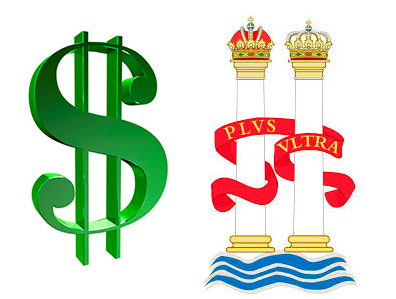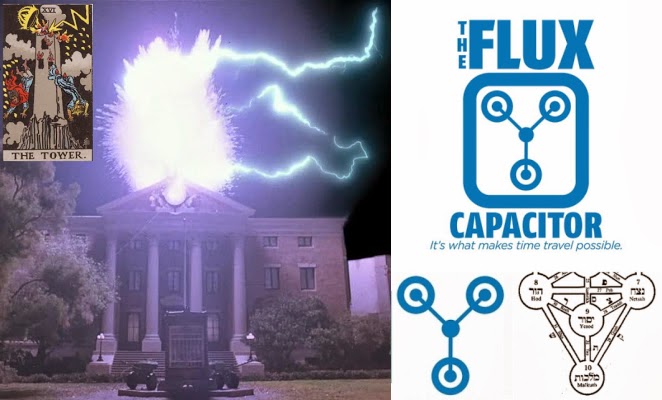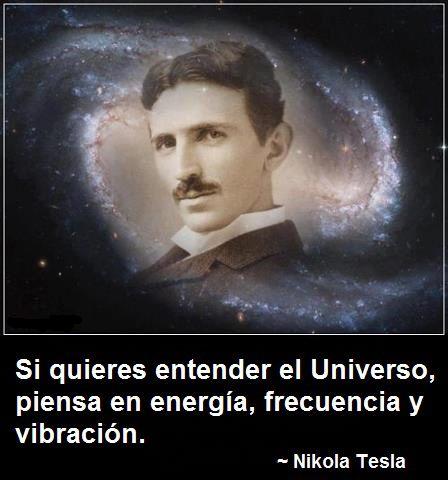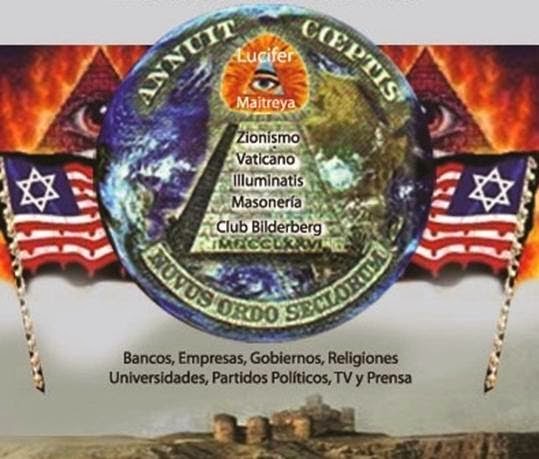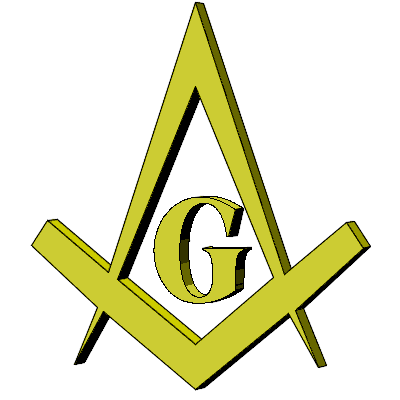(Zero Hedge) Lockheed Martin has secretly been developing a game-changing compact nuclear fusion reactor that could potentially fit into a fighter jet. The Maryland-based defense contractor recently obtained a patent associated with its design for a fully compact fusion reactor, after filing for the patent in 2014.
Related How The Military Controls America
by Staff Writer, March 31st, 2018
If the latest patent from the defense company serves as a benchmark, nuclear fusion technology could revolutionize the aeronautic industry and eventually begin the quantum leap from fossil fuels to compact fusion reactors for the industry.
According to CBS Washington, the prototype system would be the size of a normal shipping container but capable of producing enough energy to power 80,000 residential homes or a Nimitz-class aircraft carrier, sometime in the next year or so.
The patent, tilted “Encapsulating Magnetic Fields for Plasma Confinement,” is dated Feb. 15, 2018. CBS indicates that Skunk Works, also known as Lockheed Martin’s Advanced Development Programs or its advanced R&D group, has reportedly been developing the compact fusion reactor since about 2014, with latest reports suggesting the technology could be ready for production by 2019.
Nuclear fusion is the same process of what happens to hydrogen gas in the core of the Sun. Hydrogen gas gets squeezed into four hydrogen nuclei combine to form one helium atom; thus, nuclear fusion is created.
Lockheed said, “Our concept will mimic that process within a compact magnetic container and release energy in a controlled fashion to produce power we can use.” Here is how Lockheed describes nuclear fusion power:
Lockheed indicates that the compact size of the reactor has induced a technology revolution, which instead of taking “five years to design and build a concept, it takes only a few months.”
“The compact size is the reason that we believe we will be able to create fusion technology quickly. The smaller the size of the device, the easier it is to build up momentum and develop it faster. Instead of taking five years to design and build a concept, it takes only a few months. If we undergo a few of these testing and refinement cycles, we will be able to develop a prototype within the same five year timespan.”
As the technology advances, the size of the fusion reactor shrinks. Lockheed has dropped the bombshell and indicated the reactor could be ready to mount on “a truck, aircraft, ship, train, spacecraft, or submarine.” Across the board, Lockheed could revolutionize the transportation industry in the very near term.
“Some embodiments may provide a fusion reactor that is compact enough to be mounted on or in a vehicle such as a truck, aircraft, ship, train, spacecraft, or submarine. Some embodiments may provide a fusion reactor that may be utilized in desalination plants or electrical power plants.”
Patent FIG. 1 illustrates example applications for fusion reactors, according to certain embodiments.
“As one example, one or more embodiments of fusion reactor 110 are utilized by aircraft 101 to supply heat to one or more engines (e.g., turbines) of aircraft 101. A specific example of utilizing one or more fusion reactors 110 in an aircraft is discussed in more detail below in reference to FIG. 2. In another example, one or more embodiments of fusion reactor 110 are utilized by ship 102 to supply electricity and propulsion power. While an aircraft carrier is illustrated for ship 102 in FIG. 1, any type of ship (e.g., a cargo ship, a cruise ship, etc.) may utilize one or more embodiments of fusion reactor 110. As another example, one or more embodiments of fusion reactor 110 may be mounted to a flat-bed truck 103 in order to provide decentralized power or for supplying power to remote areas in need of electricity. As another example, one or more embodiments of fusion reactor 110 may be utilized by an electrical power plant 104 in order to provide electricity to a power grid. While specific applications for fusion reactor 110 are illustrated in FIG. 1, the disclosure is not limited to the illustrated applications. For example, fusion reactor 110 may be utilized in other applications such as trains, desalination plants, spacecraft, submarines, and the like.”
Patent FIG. 2 illustrates an example aircraft system utilizing fusion reactors, according to certain embodiments.
“In general, fusion reactor 110 is a device that generates power by confining and controlling plasma that is used in a nuclear fusion process. Fusion reactor 110 generates a large amount of heat from the nuclear fusion process that may be converted into various forms of power. For example, the heat generated by fusion reactor 110 may be utilized to produce steam for driving a turbine and an electrical generator, thereby producing electricity. As another example, as discussed further below in reference to FIG. 2, the heat generated by fusion reactor 110 may be utilized directly by a turbine of a turbofan or fanjet engine of an aircraft instead of a combustor.”
Patent FIGS. 3A illustrates an example fusion reactor, according to certain embodiments.

Patent FIGS. 3B illustrates an example fusion reactor, according to certain embodiments.
Lockheed’s potential applications of compact fusion:
The Silicon Republic believes Skunk Works’ Compact Fusion Project could usher in an era of nuclear drones patrolling the skies:
“Patents for the reactor were filed in 2014 by the company’s advanced research division, Skunk Works, with the aim of having its compact fusion reactor (CFR) ready by 2019. While it has obviously missed that deadline, the delay does not mean the technology is to be left behind. As Dr. Thomas McGuire, head of Skunk Works’ Compact Fusion Project, detailed in a 2014 report, the smaller reactor is more feasible than a large-scale one. If the system functions as expected, the CFR could take 11kg of fuel in the form of the hydrogen isotopes deuterium and tritium, and run the reactor for an entire year without needing to stop.
Throughout that time, it would be consistently pumping out 100MW of power, enough to power up to 80,000 homes. When discussing how it could impact aircraft design, Lockheed Martin said that this amount of power would allow it to fly indefinitely and would only be hampered by the crew’s need for food and water on the ground. The likelier option is that this would translate extremely well into drone aircraft used to patrol the skies for years at a time, which, admittedly, sounds a little terrifying.”
While a nuclear fusion powered fighter jet would certainly change the board game of geopolitics, factor in the hypersonics technologies and high energy weapons, and the high-tech weapons for the next global conflict have already been identified.
To be sure, the global superpowers realize that the first to possess these technologies will not just revolutionize their civilian and military programs, but will also dictate the future path for civilizations on planet earth, as such the new arms race is on, just not in the same weapons that defined the first cold war.
Stillness in the Storm Editor’s note: Did you find a spelling error or grammar mistake? Send an email to corrections@stillnessinthestorm.com, with the error and suggested correction, along with the headline and url. Do you think this article needs an update? Or do you just have some feedback? Send us an email at sitsshow@gmail.com. Thank you for reading.
Source:
https://www.zerohedge.com/news/2018-03-30/lockheed-martin-patents-nuclear-fusion-powered-fighter-jet











